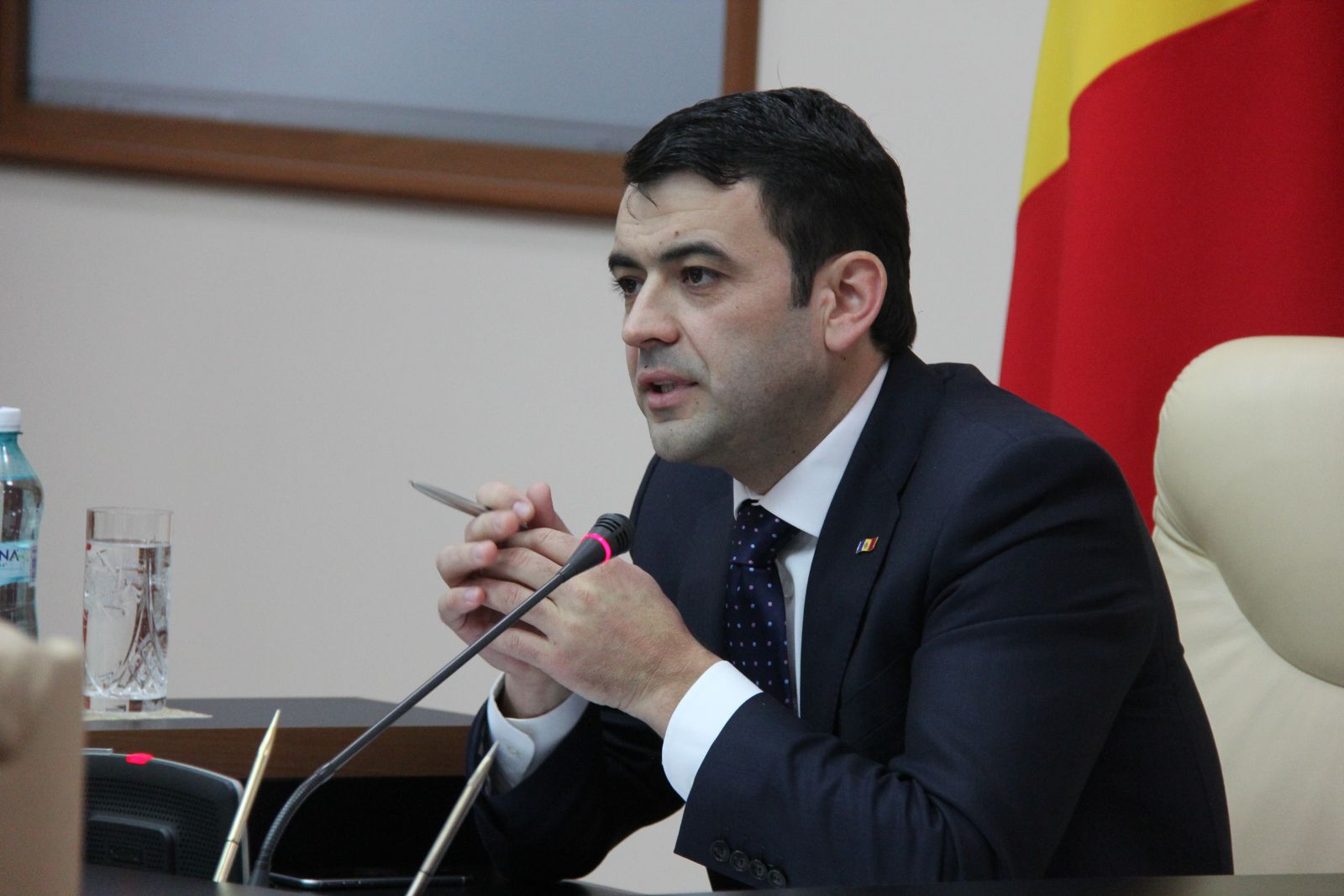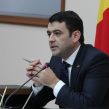
Moldova’s New Government: Daunting Challenges Ahead
Publication: Eurasia Daily Monitor Volume: 12 Issue: 42
By:

Moldova has a new government, the Alliance for a European Moldova (AEM), since February 28, after elections and an agitated interregnum. It is a minority coalition and, moreover, an internally divided one, requiring cooperation with the Communist Party’s “constructive opposition” (see EDM, March 5).
The new prime minister, Chiril Gaburici, born in 1976, rose from modest circumstances to become the CEO of Moldcell (2008–2012) and of Azercell (2012–2014), subsidiaries of the Swedish-Finnish TeliaSonera telecommunications company in Moldova and Azerbaijan, respectively. Gaburici has no political background. The Liberal-Democrat Party, under Vlad Filat, nominated Gaburici for the prime minister’s post after the incumbent prime minister, Iurie Leanca, had failed in his attempts to obtain parliamentary approval for the AEM government.
In his programmatic speech to the Moldovan parliament, Gaburici urged harder work to implement the European Union–Moldova association and free trade agreements. He underscored Moldova’s European identity and its European future unambiguously. Gaburici paid his first visit abroad to Brussels for meetings with EU leaders (EurActiv, EUObserver, February 26).
The Gaburici government’s program is identical, and its composition almost identical, with the program and composition that Leanca had presented. The prime minister and ten ministers are nominees of Filat’s Liberal-Democrat Party. This group will lead (as in the previous cabinets) the ministries primarily responsible for European integration programs. The same party nominated the military expert Viorel Cibotaru as defense minister to pursue closer ties with the North Atlantic Treaty Organization (NATO), starting from military reforms.
Under the coalition agreement, the Democratic Party nominated the heads of eight ministries, including Transportation (highly coveted as a recipient of European funds) and Economics. The new economics minister, Stephane Christophe Bride, is a Frenchman naturalized in Moldova. Prior to joining the government, he had managed the Chisinau offices of the auditing firms Ernst & Young (2006–2010) and Grant Thornton (2010–2014) (see below).
The challenges ahead are daunting, to say the least. It would be, however, an oversimplification to say that the government as such faces those challenges. The government (a minority government to begin with) is fractured. The interests of the Democratic Party and its de facto leader, Vlad Plahotniuc, are of a different order than the Western-oriented agenda of the Liberal-Democrat Party. Those challenges stand before the country; but the country is incoherent and disoriented, and pro-Western politicians operate under the constraints of a dysfunctional political system.
Apart from Russia’s actions in Ukraine, a short list of the imminent internal challenges to Moldova include:
1. Diminishing popular support for the European choice, correlated with rising support for the Russia/Eurasia choice, and high ratings of Russian President Vladimir Putin in Moldova. This is mainly (but certainly not exclusively) the result of Russian televised propaganda in Moldova. The country has yet to tackle the problem of information security. Certain vested interests are at work: e.g., Plahotniuc’s media holding re-broadcasts Russian TV Channel One in Moldova, while Chiril Lucinschi’s (former president Petru Lucinschi’s son) media company provides that service for the Russian NTV channel (owned by Gazprom). In general, Moldova remains closely connected with Russia’s mass media environment.
2. Upcoming elections in Gagauzia. This autonomous territory will hold regular elections on March 22. All candidates to the post of chief executive (Bashkhan) are running under Russia’s banners. Last year, Gagauzia held a nonbinding plebiscite that resulted in 99 percent approval of the Russia/Eurasia choice as against the European choice.
3. Erosion of the Liberal-Democrat Party’s political support. Its coalition with the oligarch-led Democratic Party has turned into a suffocating embrace. A growing number of ordinary voters no longer perceive the differences between these parties. Given, moreover, Moldova’s intensely personalized politics, Plahotniuc’s negative image has partially tainted Filat. An image transfer, helped also by Plahotniuc’s media, has resulted in a popular stereotype whereby “the two Vlads” are seen as equal quantities. The Liberal-Democrats suffered losses in the November 2014 elections. In February 2015, outgoing prime minister Leanca and another senior politician resigned from the party, reducing its parliamentary strength, and undercutting its bargaining position vis-à-vis Plahotniuc’s party on one side and vis-à-vis the Communists on the other side.
4. Judiciary and law enforcement reform. This is the European Union’s top priority in Moldova at present. It presupposes from the outset the de-politicization of those systems, first and foremost the institution of the Procuracy and the Constitutional Court. However, the constitutional and legal situation seems impossible to disentangle. For example, as the new justice minister, Vladimir Grosu, explains, the prosecutor general is irremovable in accordance with the Constitution until the expiry of his five-year term, i.e. in 2018. It is the parliament—i.e. party leaders, in practice—who appoint the prosecutor general. This fragmented parliament will hardly produce a constitutional majority for changing this (or almost any) constitutional provisions. Similarly, the justices on the Constitutional Court are practically irremovable for some years to come. The incumbent prosecutor general is the nominee of Plahotniuc’s Democratic Party; while four Constitutional Court justices (out of five incumbents, with one vacancy) are the nominees of the Democratic Party and of Mihai Ghimpu’s Liberal Party, respectively, under the party quota system (Unimedia, February 27).
Who might cut these Gordian knots in Moldova, and when, seems difficult to anticipate at this juncture.




